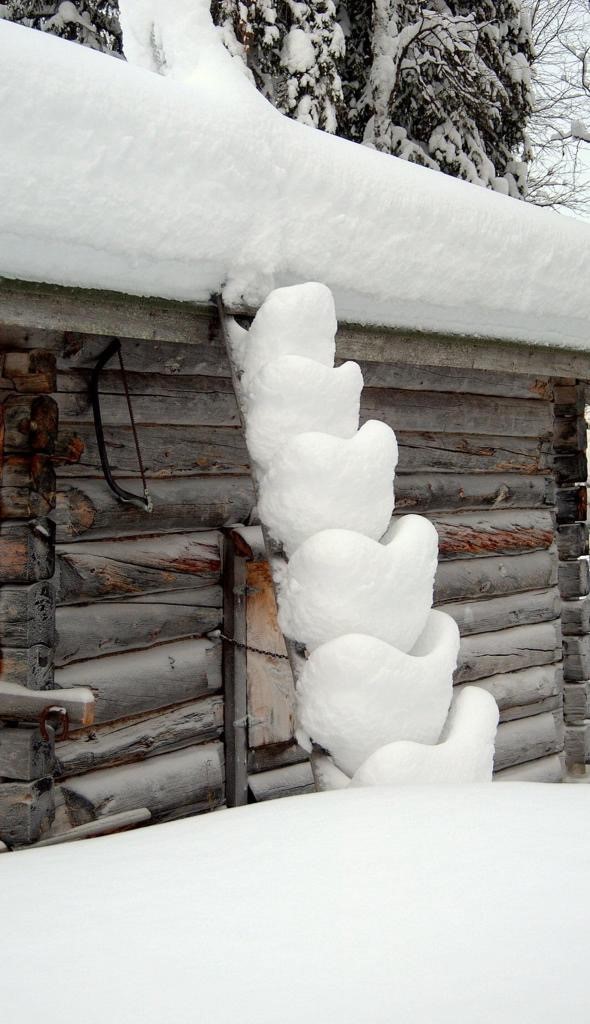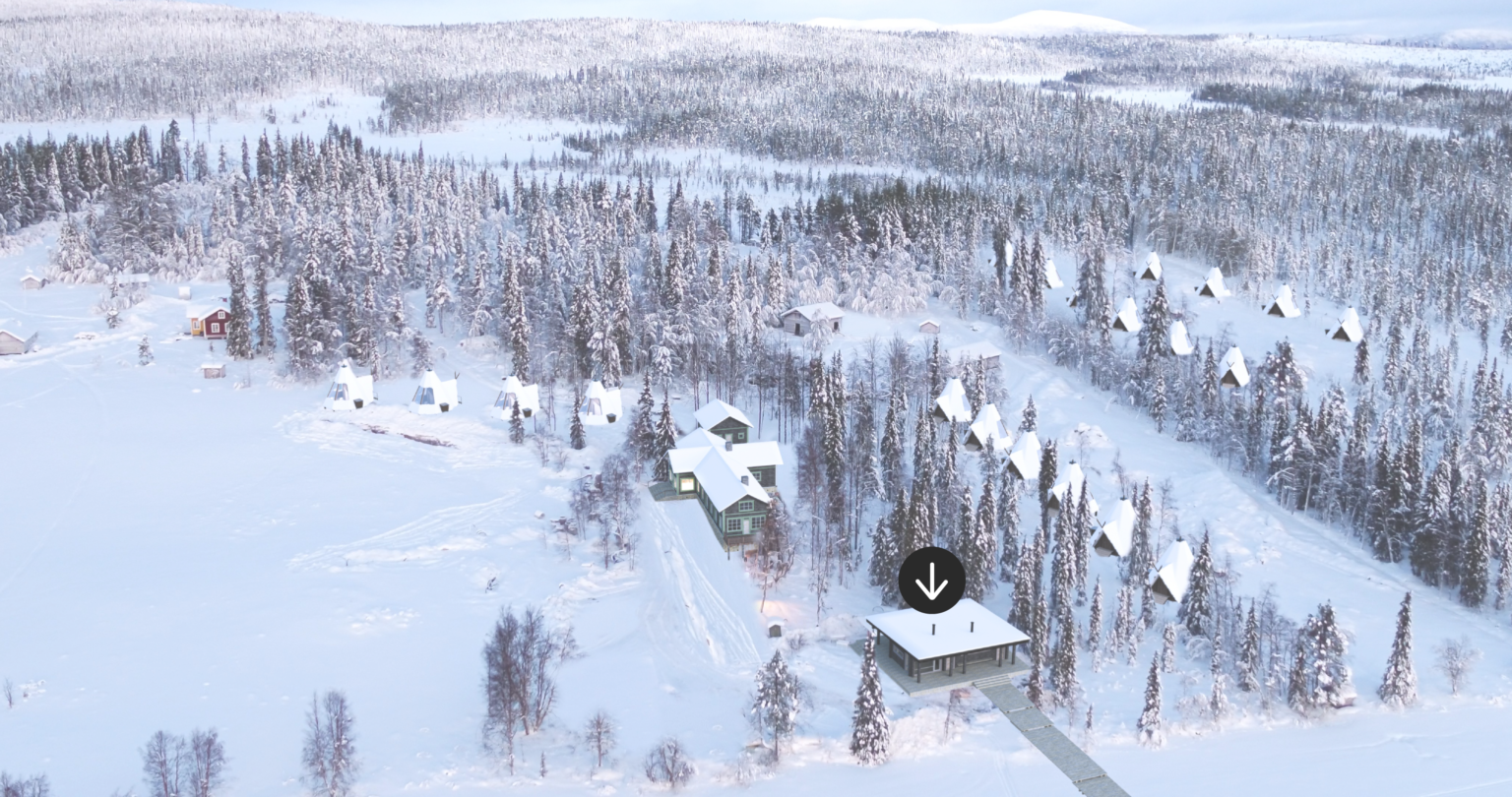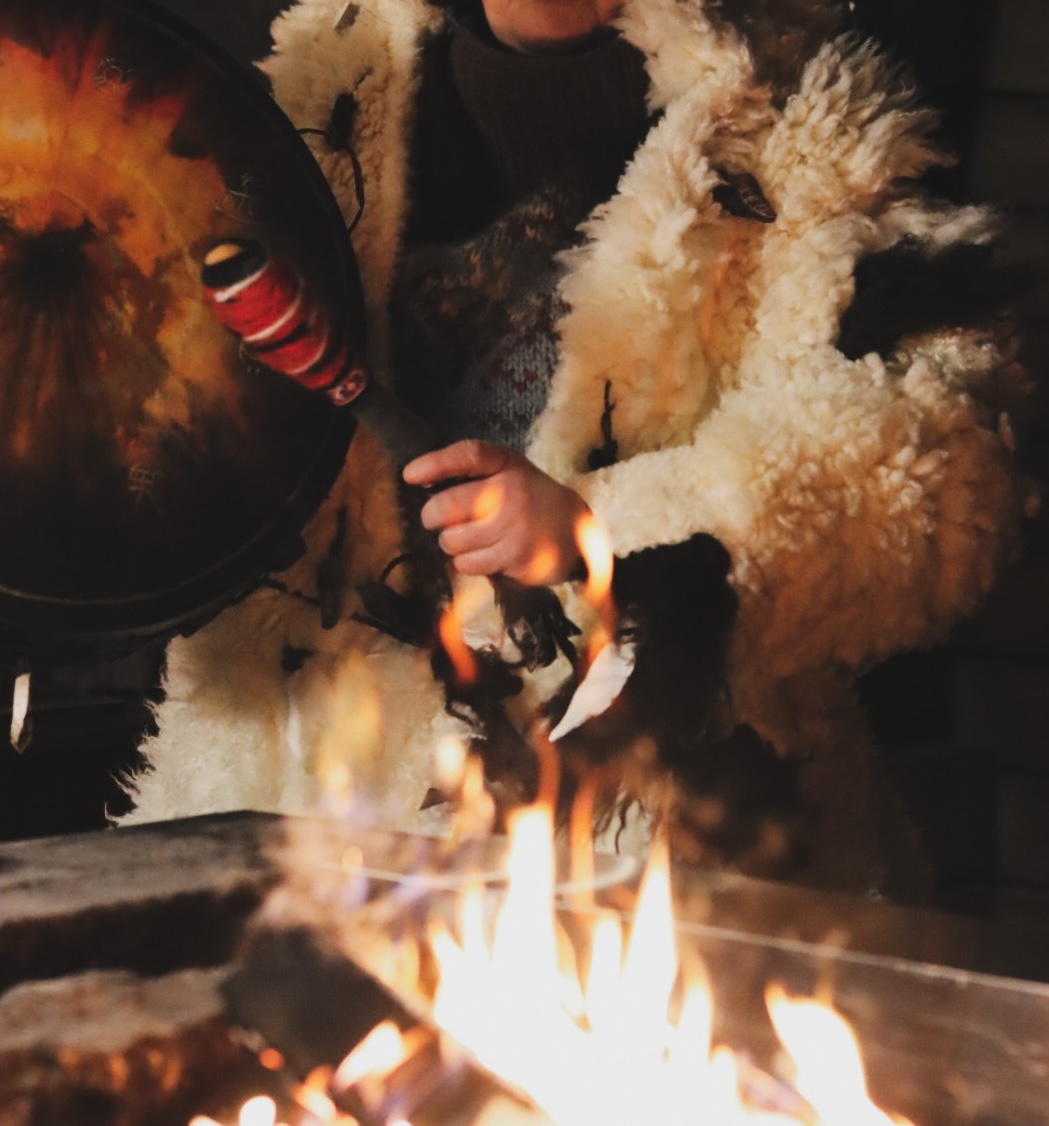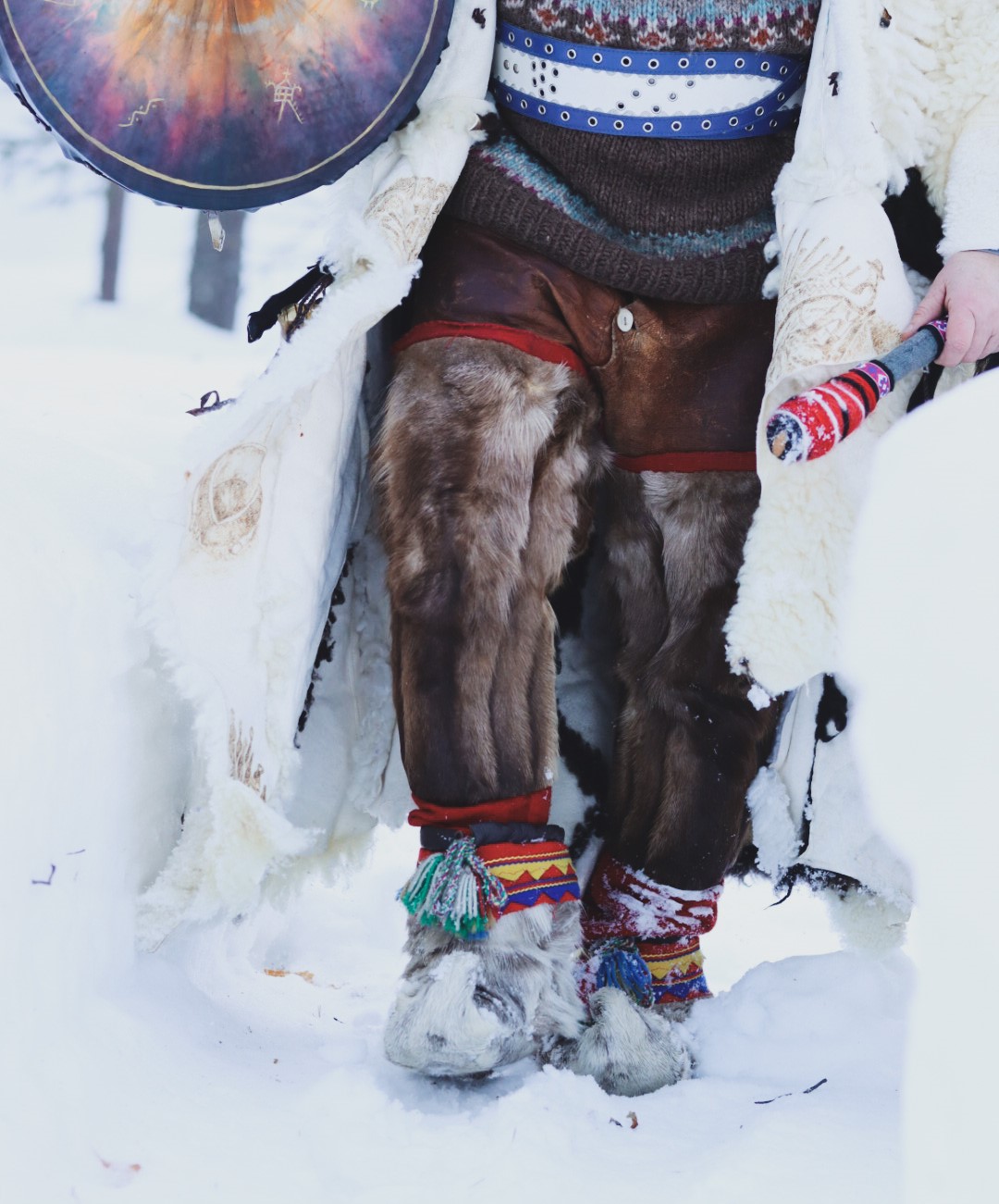Explore the history of nivunki village - Every step is a new adventure
Väärti culture – hospitality reinvented
Väärti culture runs deep in our veins. We have grown into hosting people around the world. We treat our visitors with respect and comradery and hope to form long-lasting connections with people from all over the world. Service is a key element of the Nivunki experience. From the moment you arrive, we strive to create an atmosphere of warmth, comfort, and genuine care. We want you to feel as if you’ve found a home away from home in Nivunki, where you can relax, unwind, and witness the true beauty of Lapland. At Nivunki, hospitality is more than just a service; it’s a way of life. It’s about creating moments and memories.
The Northern Lights
One of the most iconic elements of Lappish culture is the Northern Lights or Aurora Borealis. The Sámi people believe that the Northern Lights are caused by the spirits of the departed dancing across the sky. Each color of the aurora represents a different emotion or message from the spirits, and witnessing the lights’ dance is considered a mystical and spiritual experience. Wake up or fall asleep watching these mystical lights in your cozy kota at Nivunki – with no interfering light pollution.
The calm, peaceful wilderness with the purest air
The Lappish wilderness beckons with its serene beauty, offering a sanctuary of calmness and peacefulness amidst untouched landscapes. Here, where the air is crisp and pure, and the scent of pine trees fills the breeze, filling your lungs with vitality. Escape the hustle and bustle of modern life and reconnect with nature in its purest form. In the heart of the Lappish wilderness, time seems to stand still, allowing you to experience the tranquil rhythm of the natural world. At Nivunki, nature is at your kota’s door: one step and you’re there. Or, venture deeper and join us for a safari into the wild.
Meet our reindeer
Reindeer hold a special significance in Lappish culture, serving as both a livelihood and a spiritual symbol. According to legend, the reindeer were given to the Sámi people by the gods as companions and helpers. Stories often depict the close bond between the Sámi and their reindeer, as well as the respect and reverence with which they are treated.
In Nivunki village, there’s a simple yet inviting feature: the reindeer fence, home to around 120 of these graceful creatures. The fence serves as a symbol of the deep respect and appreciation for nature that permeates every aspect of life. You are welcome to approach the fence and peer through, allowing for a close encounter with the reindeer while still respecting their space. As you stand at the fence, you’ll feel a sense of wonder and connection with the reindeer, admiring their beauty and observing their behavior. However, it’s important to note that entering the fence is forbidden. The reindeer, while accustomed to human presence, are still half wild animals, and their space deserves to be respected.
Fire
In Lapland, fire symbolizes warmth, light, and a connection to both the physical and spiritual realms. In the harsh arctic climate, fire has long been essential for survival. It provides warmth during the cold winter months and serves as a source of light and comfort in the darkness of the Polar Night. Fire is believed to have spiritual significance in Lappish culture, representing purification, transformation, and renewal. At Nivunki, fire is present in many different forms. Fire illuminates the darkness, keeps you warm on a hike, cooks food and brings its own soundscape to the middle of the wilderness.
Storytelling
Lappish culture is rich with stories that reflect the deep connection between the people and arctic nature. Stories were also a way of passing on important information from one generation to the next. People used to gather around the fire on cold evenings to listen to stories. At Nivunki, we can sit together by the campfire, have a relaxed chat over breakfast, or relax in a rocking chair like the locals – and listen to each others’ stories.
Canvas for Northern Lights
The remote location of Nivunki village in the wilderness offers good opportunities for observing the Northern Lights, because there is no light pollution. Dark skies serve as the perfect canvas for the Northern Lights to paint their mesmerizing displays.
Meet the villagers
We are your hosts, väärtis, locals ready to welcome you to Nivunki. We are dedicated to guiding you through an experience filled with warmth, genuine hospitality, and the authentic spirit of Lapland.
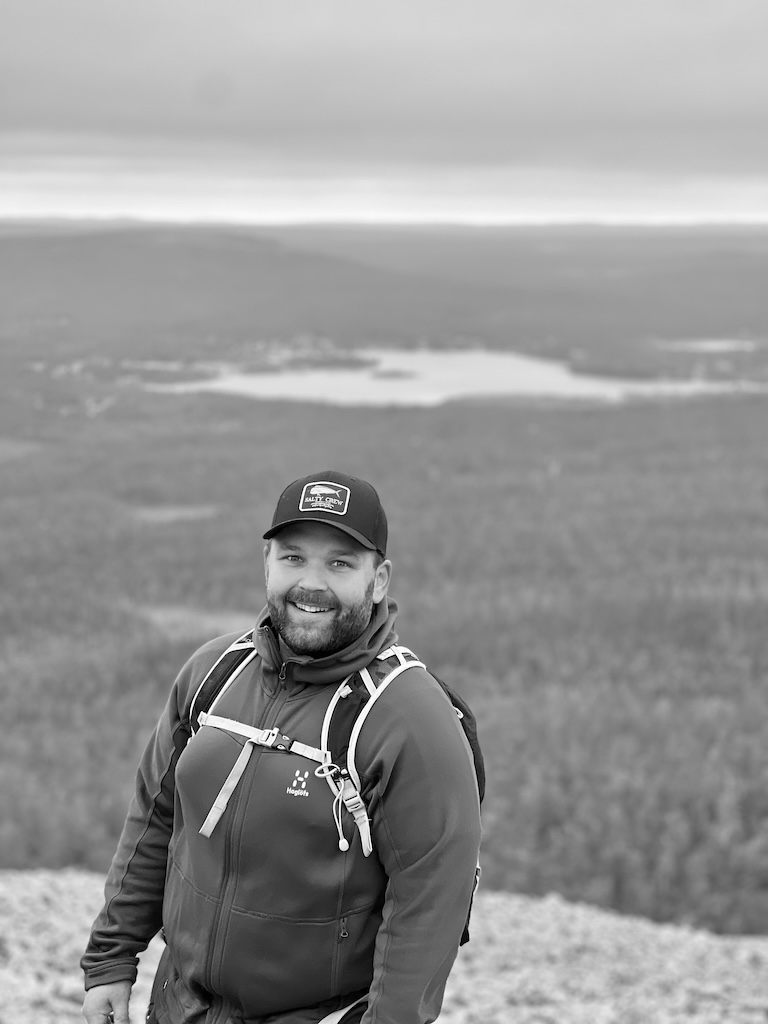

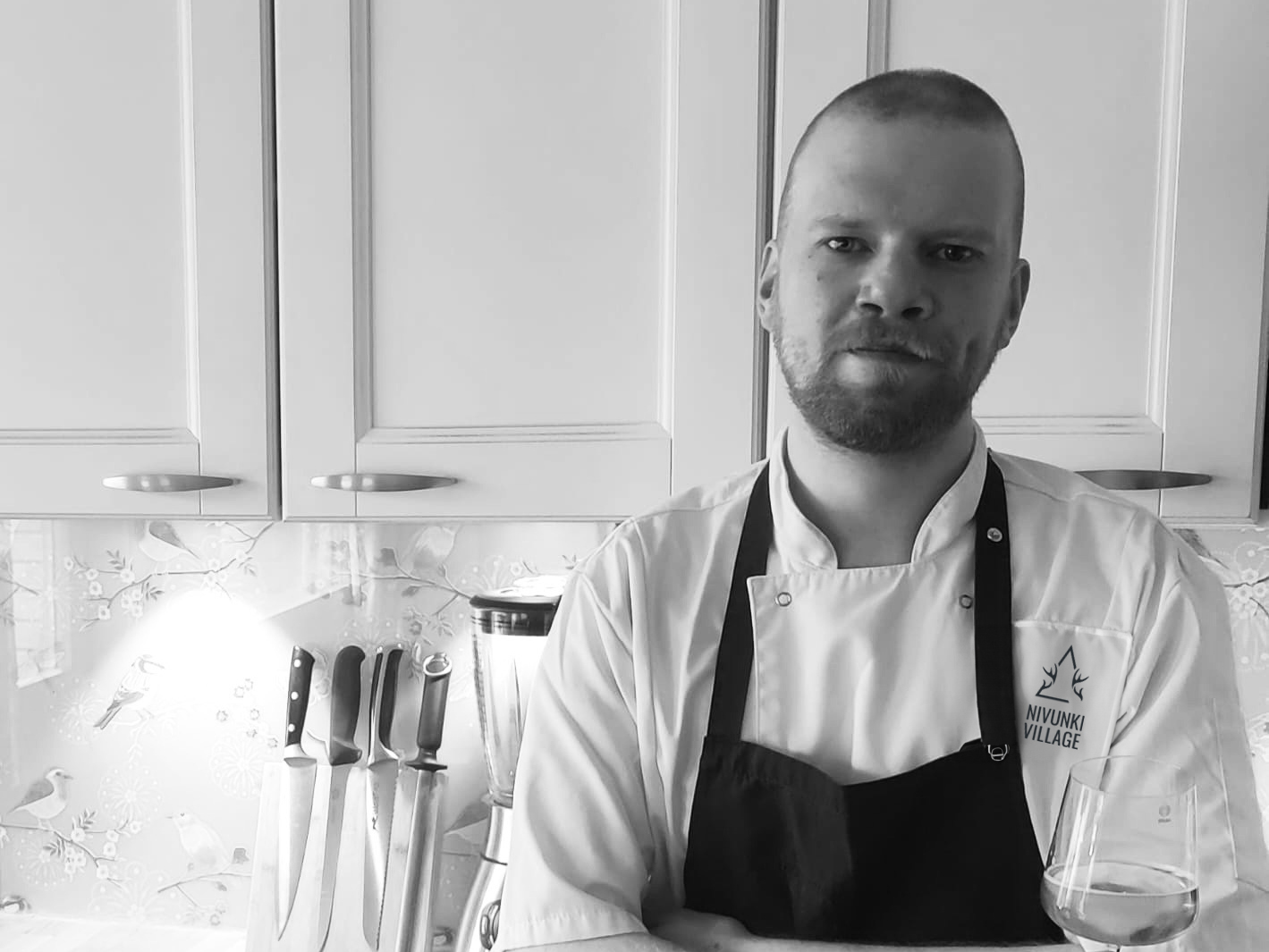
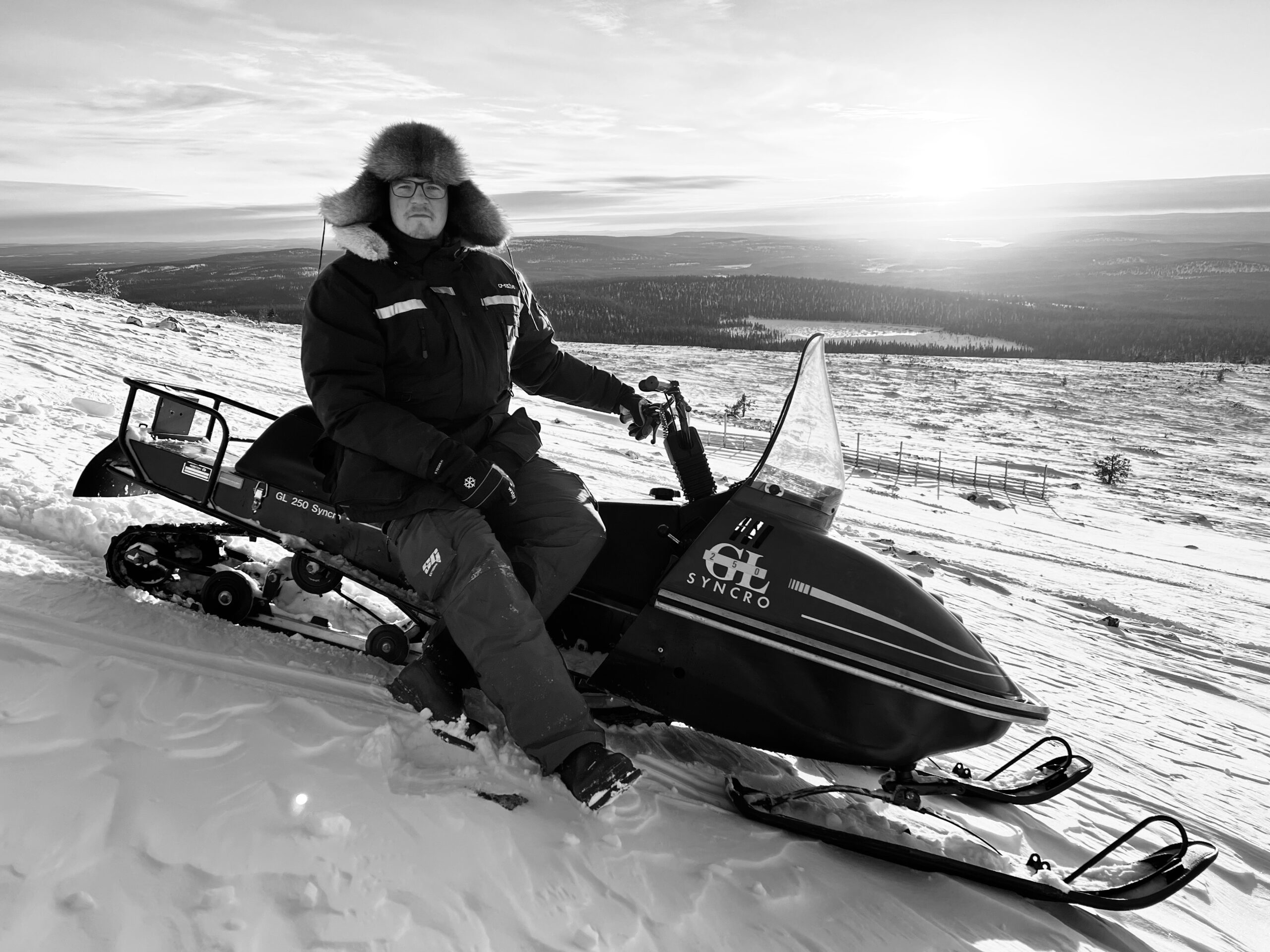
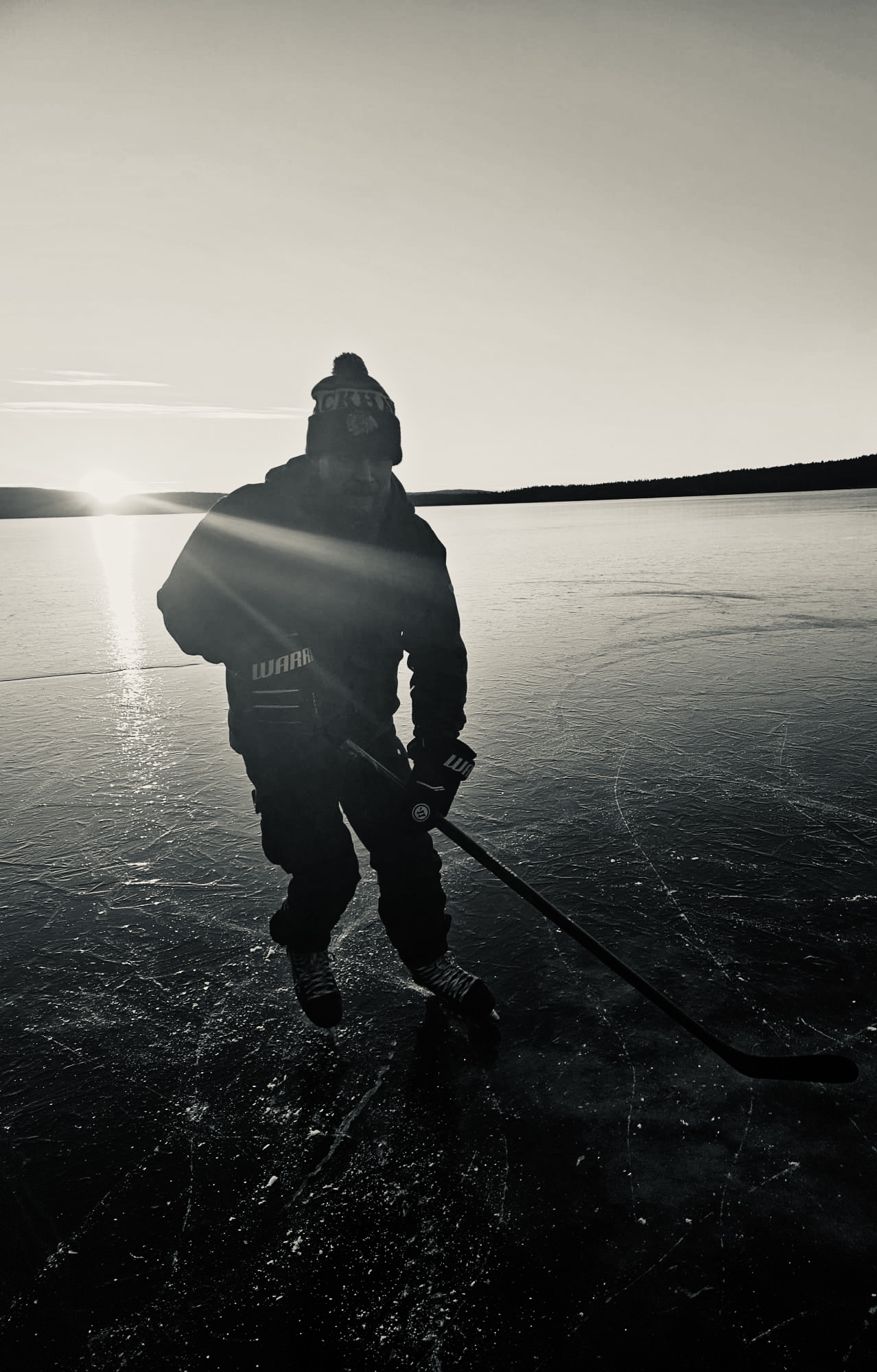
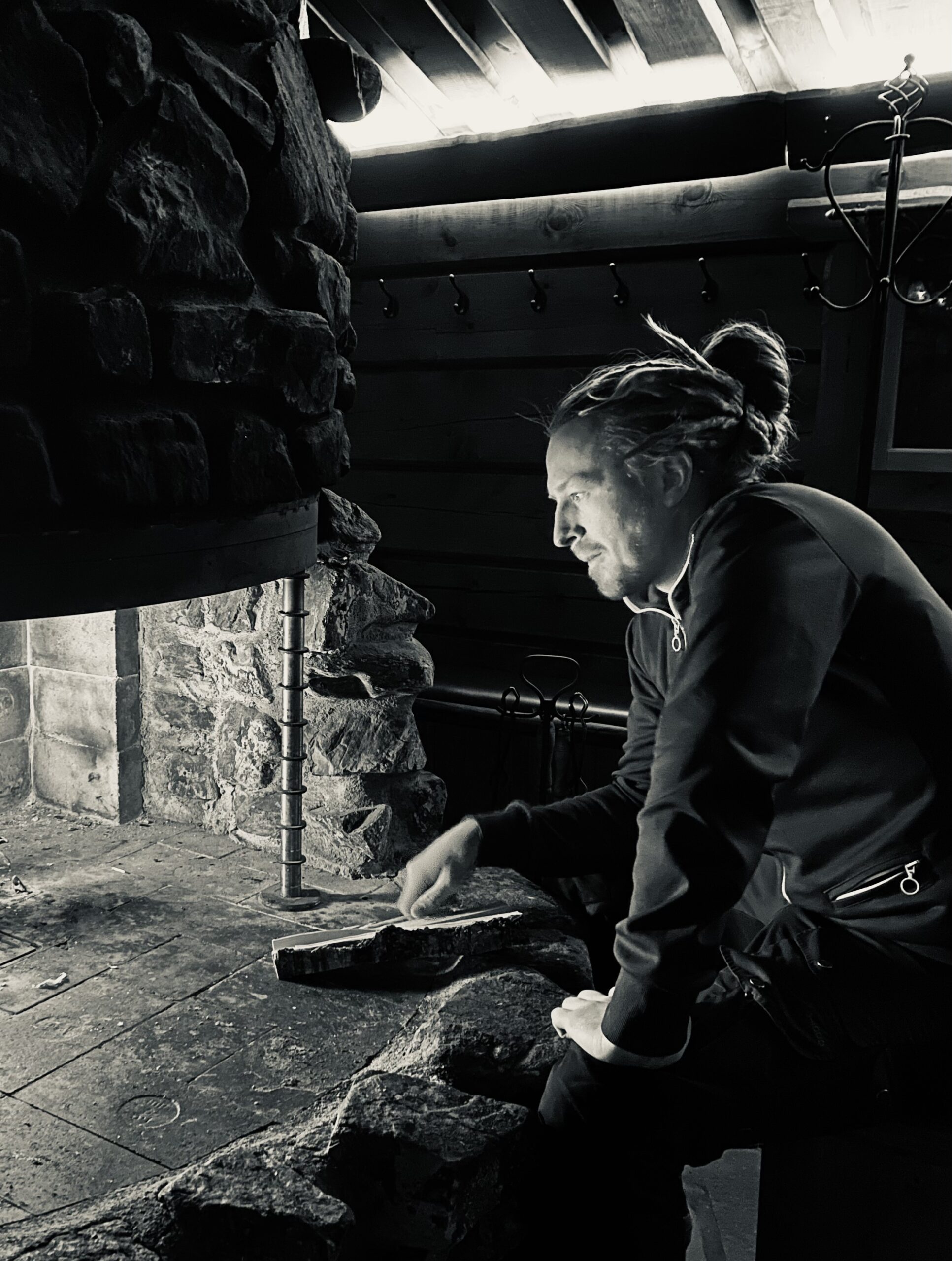


Guide Jussi Paajanen
Meet our Guide, Jussi. He joined our parent company, Destination Lapland, as an intern in 2015, and quickly proved himself as an exceptional guide. He has now been working 9 years as a guide and the feedback has been only positive.
Jussi is always smiling and happy to help out. Being the youngest in his family, he’s got a loud voice that you can’t miss, which can sometimes be a positive attribute in a guide’s role.
So, if you hear someone shouting in Nivunki, it’s probably just Jussi spreading his positive vibes!
Village head Sami Luoto
Growing up in Lapland in an entrepreneurial family, tourism has always played a big part in my life. My career started when I was four years old: Working as an elf for Japanese tourists. Since then, I’ve spent the last decades crafting unforgettable experiences for the travellers exploring Lapland.
My life motto is simple: ‘Life is too short to take too seriously. Laugh often and try to make others laugh too.’
I have written the introductions of our other team members too, without too much asking from them. But I do ensure you, that they are very well described: Come and meet them in person, and please let me know afterwards if I missed anything!
Chef Markus Friman
Markus is Nivunki Village’s Head Chef. He was born and raised in Äkäslompolo, half an hour from Nivunki by car, and a little longer by reindeer. He’s family roots are deep in this area, and I guess you could call him uporiginal.
We are same age and I’ve known him basically all my life. It’s always funny when guests come praising him to me and ask “where did you find him?”
and I answer “kindergarden”.
Back in 2007 he went into restaurant school in Oulu to become a cook. School took him away from home for a few years, but Markus returned to Äkäslompolo after graduation to work at the local restaurant Poro. In the last few years, he worked in Southern Finland as Head Chef in a well-known quality restaurant.
He’s food philosophy is ”Think Global, Cook Local.”
Guide Antti Tainio
Antti has already spent half his life guiding in Lapland—16 years of snowmobiling, fishing, and exploring the wilderness. A true local, you’ll recognize it the moment you meet him. Calm as a tamed reindeer, Antti never rushes, and even though he has a Swiss girlfriend, I have never seen him wearing a wrist watch. Even if he had one, I’m sure he would never take a look on it… In Lapland, and on Antti’s tours, time takes the backseat.
Antti has a real superpower: If there’s an open space wide enough for a snowmobile, he will find it—no trees are too dense for his sense of direction.
After the winter season ends, you’ll likely spot him by the rivers and lakes of Lapland, fishing in the midnight sun and enjoying life without a schedule.
Caretaker Jarno
Jarno is responsible of taking care that our premises are safe for the guests and that everything works as they should. After a heavy snowfall, he’s up early, clearing the paths so guests can get from their huts to the breakfast table with ease.
Younger generations in general seem to have lost the ability of fixing things, as nowadays you (and me) just call “the guy” or buy a new one when something goes broken—but not Jarno. Pretty much any broken item I point at him, he makes it work again.
When he’s not keeping things running, you’ll find him on the ice playing hockey or out on his snowmobile. He even used to race—and is probably the only guy around here who’s competed against Kimi Räikkönen.
Guide Atte
Meet Atte – a true son of Lapland, also born and raised 30 minutes from Nivunki. Atte probably holds the most knowledge of Lappish history and nature in our team. His passion for the arctic wilderness makes him the perfect guide for snowshoe adventures – but he can lead any kind of tour.
On his days off, you’ll find him exploring the nearby forests, always on the lookout for new trails, ancient trees, and signs of wildlife.
When the winter season ends, Atte trades the snowshoes for his backpack and travels the world – but always finds his way back home to the forests of Lapland.
Restaurant Manager Ninni
Our lovely Ninni is the heart of our restaurant, always welcoming guests with her wide smile and warm presence. With over 20 years of experience in the restaurant business, she’s a true professional who makes sure everything runs smoothly – from the first morning coffee to the last glass of wine.
Ninni’s positivity and sharp sense of humor lift the spirits of both guests and colleagues. She’s not afraid to say things as they are – something I personally appreciate a lot. And while she’s making sure that everyone is having fun at work, she’s also helping our guests find the perfect wine to pair with their meal.
Outside the season, you’ll find her travelling, riding horses – and sometimes snowmobiles too.
Receptionist Helena
Reception wouldn’t run nearly as smoothly without Helena. Half German, half Finnish, and somehow she got the best parts of both.
She brings much appreciated ‘pünktlichness’, precision and efficiency to our team, but still understands my Finnish jokes. She even laughs at them sometimes.
Helena’s positivity is contagious, and her appreciation for life and people is something we all value deeply here.
Outside of work, you’ll most likely find her enjoying our beautiful nature. I think the clean and peaceful nature was one of the biggest reasons she chose to move back to Lapland.
Oh, and she’s trying to teach me German, too. Langsam aber sicher!



